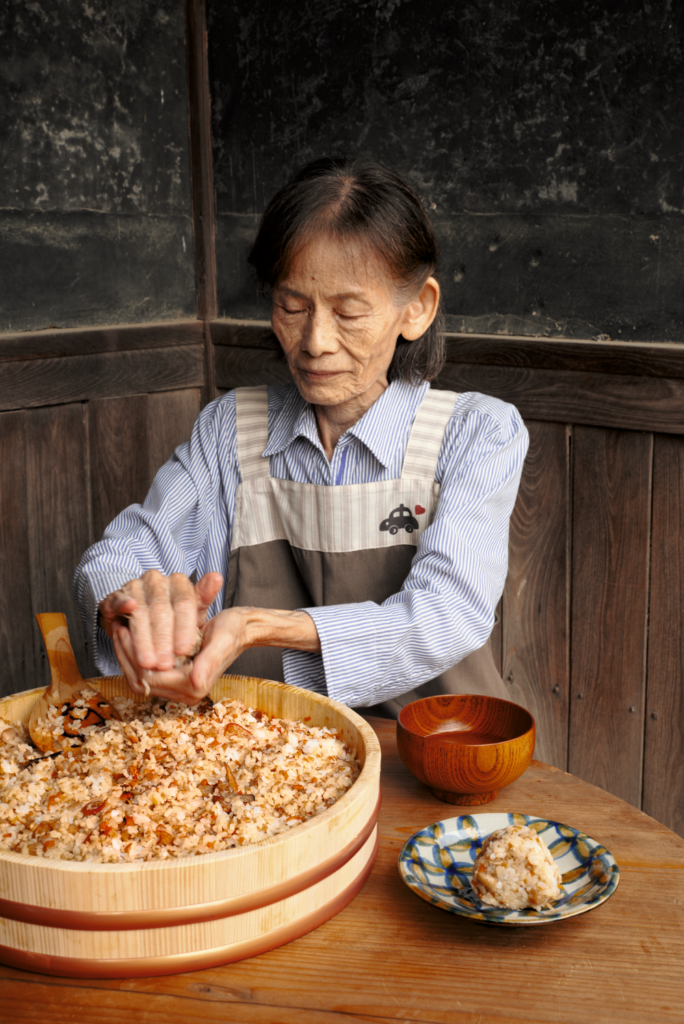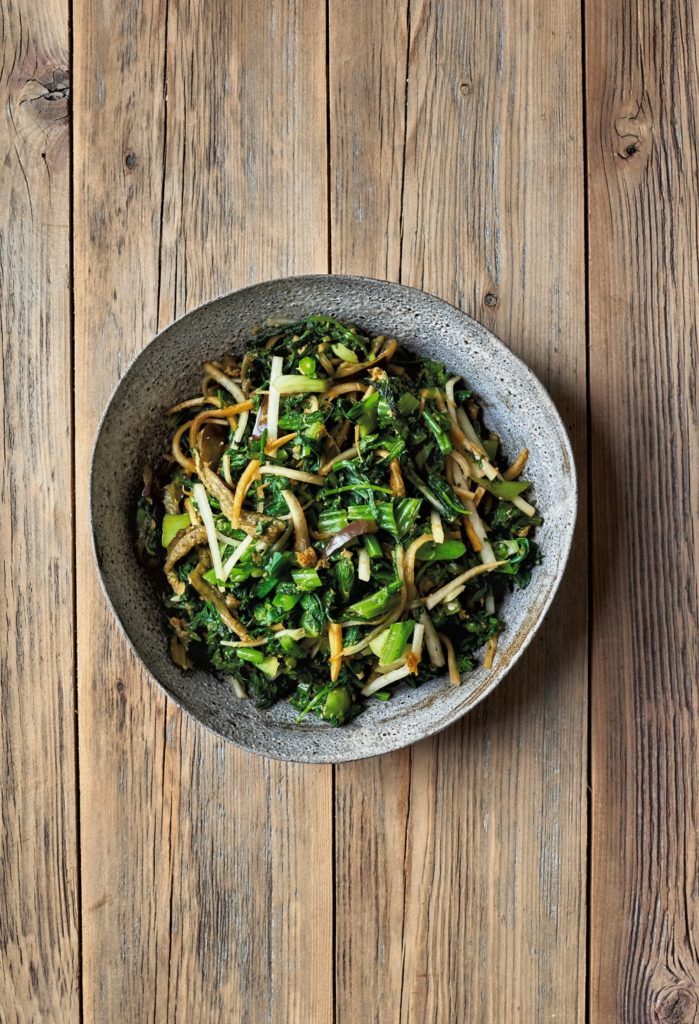Having lived in Japan since 1988, faithfully recording the culinary customs of her adopted home, acclaimed food writer Nancy Singleton Hachisu reflects on the vitality of tradition in the country’s unique culture

Like everywhere, modern-day Japanese rely on convenience foods and instant preparations. Part of why I immerse myself in Japanese cuisine is to advocate for a look back at traditional foods and artisanal ingredients that have not yet been lost.
Today’s food distribution systems are such that almost all global foods are available in Japan. This has diluted traditional culinary mores, and one ironic result of that is an increased nostalgia for those very traditions. All kinds of Japanese ingredients, even somewhat obscure ones from small producers, are also now throughout Japan, which has given rise to a renewed interest and excitement about previously regional Japanese foods.

I have been cooking all my life. My husband, Taadaki, is an excellent cook, so other than a foray into temple food cooking when I first arrived in Japan from America in 1988, I left the Japanese cooking to him, except Japanese-flavoured salads. Once we renovated my in-laws’ farmhouse, I became the “resident bride”, and took over the making of the tempura (I like it hot and crispy) and kenchinjiru, the country soup we make before the New Year when friends come to help pound the mochi . Over the decades, Japanese recipes were transmitted to me orally and I faithfully recorded the heart and spirit of the dishes before writing the recipes and then testing them. Proportions and amounts needed to be based on logic, and that logic is generated from years of cooking experience.
Building relationships is the foundation of how we work and live in Japan. No request can come on the first meeting. Friendship and mutual trust need to be forged. I spent one and a half years visiting each chosen area at least two or three times before returning with my photographer. The atmospheric photos of this volume are a true record of the country as it is today, and for that, a treasure.

GINGER-INFUSED GREENS AND VEGETABLES
This medley of simmered, steamed, and crunchy raw vegetables is brought together by the ginger- infused dressing. Leftovers are good for several days, if refrigerated.
Preparation time: 20 minutes
Cooking time: 15 minutes
Serves: 6
150g edible shungiku
150g bok choy
150g komatsuna or mustard greens
150g spinach
75g mitsuba
135g Japanese aubergines, peeled at intervals for a striped effect
3 tablespoons soy sauce
1 and 1⁄2 tablespoons mirin
3 tablespoons grated fresh ginger
150g daikon (or other root vegetable such as turnip), scrubbed and cut into thin julienne
Fill a large pot halfway with water and bring to a boil. Hold the greens with a large pair of tongs and dip the stems into the boiling water to cook for 30 seconds. Drop the greens into the water, push down, and cook for an additional 30 seconds. Drain and refresh in a colander under cold, running water until cool. Squeeze the greens of excess liquid, chop coarsely, and squeeze again.
Set up a steamer and bring the water to a boil. Arrange the aubergine in the steamer basket, cover, and steam until soft, about 15 minutes. Tear or cut lengthwise into strips and halve crosswise.
In a medium bowl, combine the soy sauce and mirin. Squeeze the grated ginger to express the juice into the bowl. Toss the greens, aubergine and daikon in the dressing and serve in a rustic pottery bowl.

This is an extract and recipe taken from Japan: The Cookbook by Nancy Singleton Hachisu, published by Phaidon (£29.95)